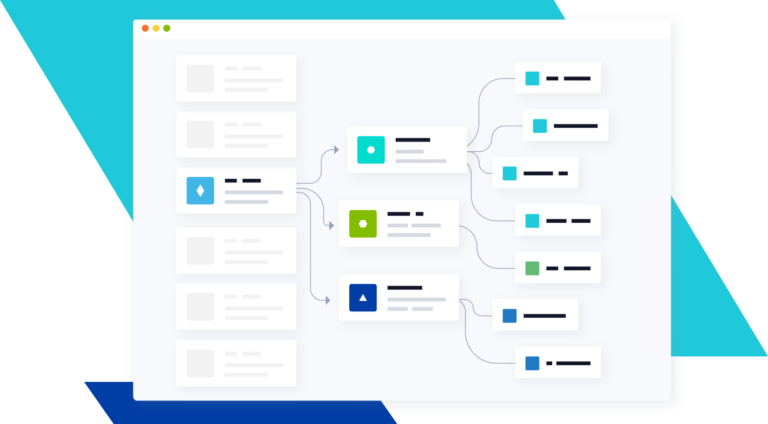This website uses cookies so that we can provide you with the best user experience possible. Cookie information is stored in your browser and performs functions such as recognising you when you return to our website and helping our team to understand which sections of the website you find most interesting and useful.
Building Resilience as a Newly-Formed Public Company
Data-mapping an entire organization to eliminate silos and visualize critical third-party services and products
This leading financial technology company shares how its been utilizing the Fusion Framework® System™ to consistently strengthen its risk posture and operational resilience program.
Industry
FinTech
Teams
IT Risk
Business Size
1,000-2,000 employees
The Challenge
This leading financial technology company needed to provide visibility into its asset management systems to certify to auditors, as well as new public shareholders, the market valuation of its business. However, the company had difficulty evaluating and managing risk due to a reliance on data silos within decentralized legacy systems. The manual process was laborious, costly to maintain, and inefficient in establishing an organization-wide culture of risk management.
“Partners often ask about risk controls and ask for documentation… We save money by not having to do an audit for every partner. Instead, we can show the risk management program and documentation.”
– Senior IT Risk Practitioner

Fusion’s Solution
Fusion data-mapped their entire organization to visualize how both proprietary entities and third parties deliver its critical services and products. Fusion then broke down the data silos across the organization to replace inefficient legacy systems of risk management. Fusion implemented its streamlined and actionable dashboards to empower the company with an agile approach that allows its practitioners to continuously monitor and manage organizational risks. As a result, this leading financial technology company has a full understanding of its risk posture as well as an effective operational resilience program that has brought the organization long-term cost savings.


